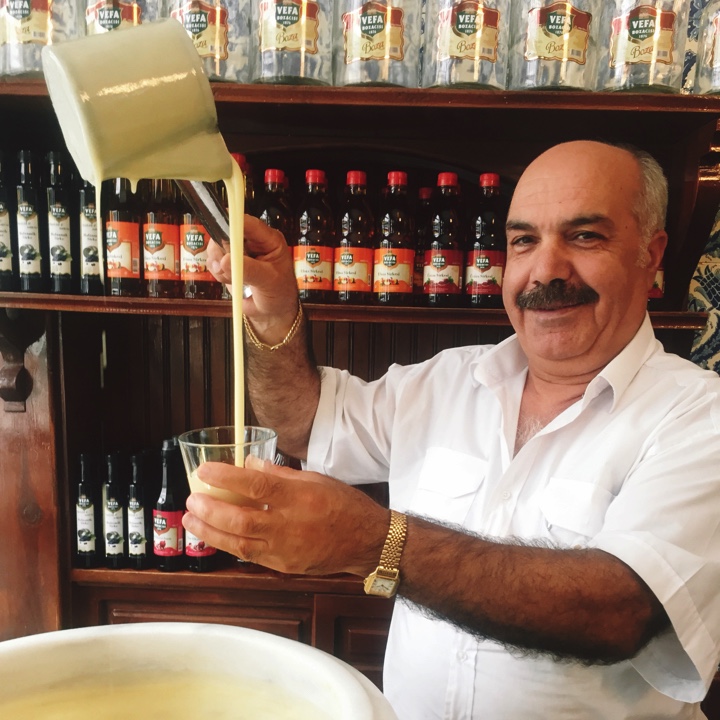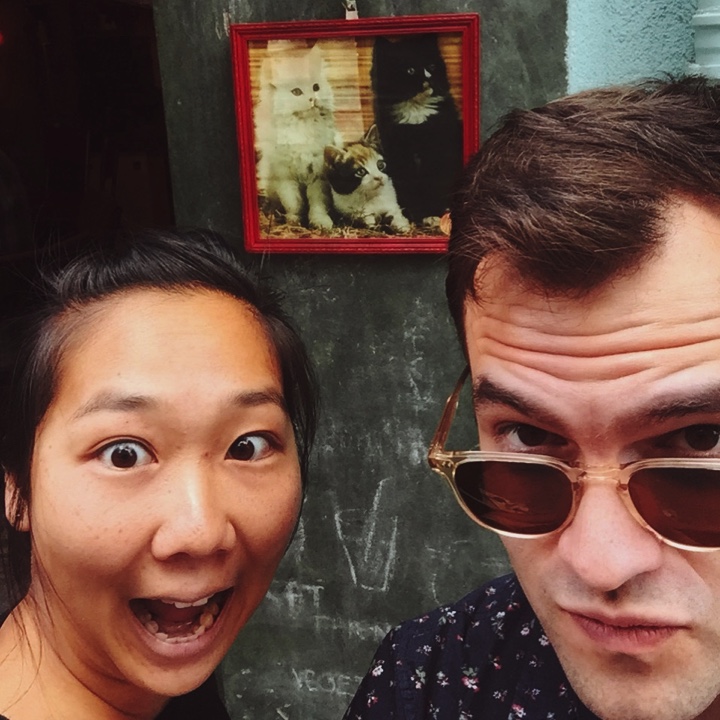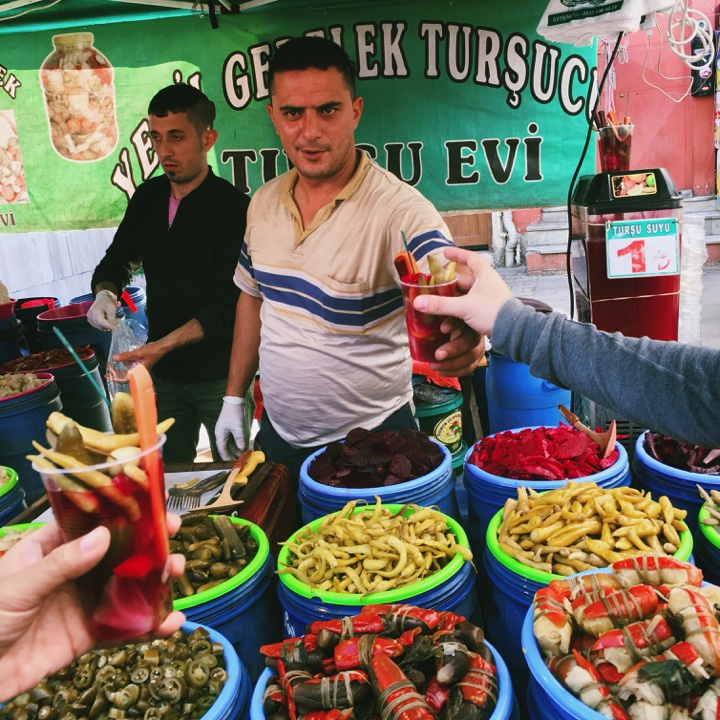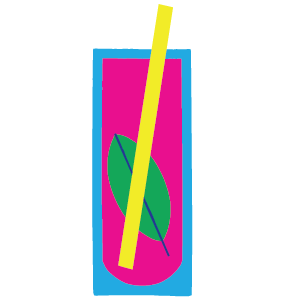Istanbul, Turkey

Turkish Coffee
You can fight us on it. This place has the best Turkish Coffee.
Kronotrop, Kuloğlu Mh., Firuzağa Cami Sk. Şelale Apt. D:2/B, Cihangir



Ricardo has been staying with Nick, an American student in Istanbul. Nick is from Marin, so he is a foodie. I’d never generalize most Bay Areans to be foodies, but having met so many of them abroad and learning that they all care so deeply for good food, it’s safe to say we are. Nick has been living in Istanbul for about five years now and he knows the city like the back of his hand. He also knows a lot about history and architecture, so when you move through the city with him, there isn’t a façade or street corner that doesn’t have some arcane and quirky fact to it.
Nick gave us a tour of two of the historically Greek and Jewish neighborhoods of Istanbul: Fener and Balat. We met at the Haliç Metro Köprüsü, a new Metro stop on the Golden Horn. Nick walked us up the hill, through small streets with wooden houses that are quickly disappearing from the city, as a result of rapid urbanization plans from the government. Everywhere, sites in the neighborhood are being conserved, restored, built anew and was against this backdrop we learned about the rich, ancient history of Istanbul.
Our first stop was Vefa Bozacısı, a store famous for its boza, a fermented drink made of millet. It is thick, like a custard, and garnished with cinnamon and toasted garbanzo beans. It is a sweet drink, though in description, you’d think we had an amuse bouche before dinner. Boza is a seasonal winter drink, but it is nostalgic and customers still trickle in during the summer months. The taste is unto itself. We sat down and gulped it down, deciding with every mouthful whether or not we like it. The jury’s still out. Apparently, Ataturk loved it. The store had a cup that Ataturk drank boza out of one day in January, many years ago.
The rest of the tour was a crash course in Byzantine and Ottoman history. This part of the city still has a wonderful patchwork of monuments and buildings that evidence how rich and mixed-up Istanbul was before Ataturk. We wandered through the “Wednesday Market,” a market of everything - pantyhose, song birds, produce - in the neighborhood named Çarşamba, or “Wednesday” in Turkish. We ran into a pickle stand, stocked with every kind of pickle. Yennie indulged in a Pickle Cup, loaded with spicy peppers, radishes, cabbage and topped off with pickle juice and a pickle-eating toothpick. She was in Heaven.
In order, we saw Byzantine Cisterns, now renovated into an event hall, the Fatih Camii, the Church of Saint Mary of the Mongols, the Church of Saint George, the Chora Church. You can imagine that there was a lot to be said about each place and so much that we made Nick late to his afternoon appointment. But, he couldn’t let us leave without seeing the best view of the city - a view seen from the top of the Walls of Constantinople. We stood near Edirne’s Gate, which gave us a view at the city’s edge during the time of Constantinople. We could see every mosque, every palace, the Golden Horn, the Bosphorus, the Marmara Sea. It was immense and the perfect ending to our visit to Istanbul.
Because we overlapped with Alex, who had just arrived this morning, we double-dipped most of our favorite restaurants and cafes. No complaints, here. We took the ferry to the Kadıköy on the “East Side” (that’s what Yennie calls the “Asian Side” “East Side” and Ricardo finds it hilarious that I understood Istanbul like LA and SF) and ate at Çiya. It was a reprisal of our first, fabulous dinner there - pickled peppers and garlic, “Bride” Soup, stewed lamb. The food - dammit, it gets better every time.
Whiskey Soda
Impossibly hard to get.
Random Bar in Kadıköy

